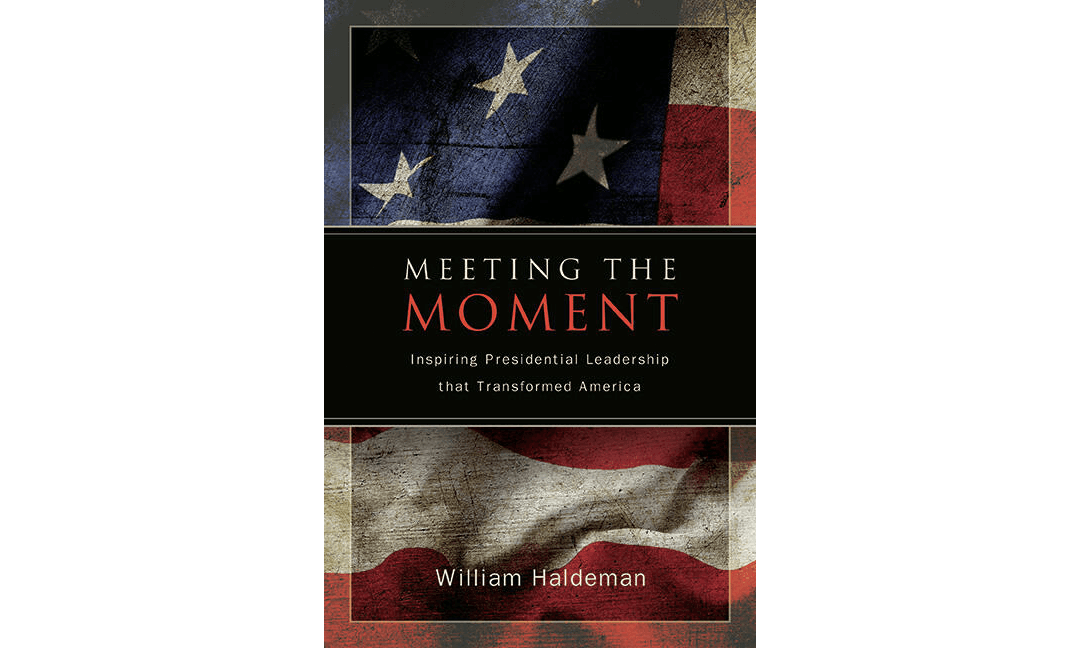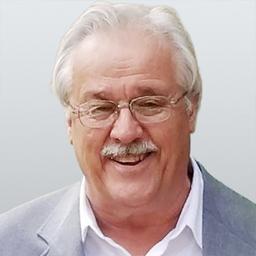America has had fewer than 50 presidents in 248 years. Of that number, history has favored some over others, and not just the quartet gracing Mount Rushmore. Modern-day presidents, like Franklin Delano Roosevelt and Ronald Reagan, are still revered today decades after leaving the presidency.
What distinguishes the great presidents from their lesser-known brethren is that America was made a better place under their leadership. Specifically, these presidents provided leadership at critical junctures in our nation’s history. Author William Haldeman does a thought-provoking deep dive on this topic in his impressive new book, “Meeting the Moment: Inspiring Presidential Leadership that Transformed America.”






